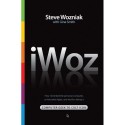November 14: Computer Dealer Exhibition – COMDEX
Subscribe! Spotify | RSS | More
During the 80’s and 90’s, there was a little show called COMDEX. It stood for Computer Dealer Exhibition. For a while, there were 2 versions: The Spring COMDEX (Alternating for a while between Altanta and Chicago) and the Fall COMDEX (Las Vegas). The show was attended by many and there were vendors galore. I remember seeing Bill Gates at the 1998 Comdex for the Blue screen error when they plugged in a scanner. I also saw President William Clinton give a keynote.COMDEX finally fell in 2003. Nonetheless, a lot of History falls between this time and about April from the show. Therefore, the next few days there will be a lot of “At the COMDEX Show”.
Subscribe to Day In Tech History:
RSS Feed - iTunes - Android - Spotify - iHeartRadio
Facebook -
- RSS Bandwidth by Cachefly Get a 14 Day Trial
- Join me on Patreon and support Day in Tech History
- Mosaic becomes Netscape
- Power PC CHRP
- Ubuntu on ARM
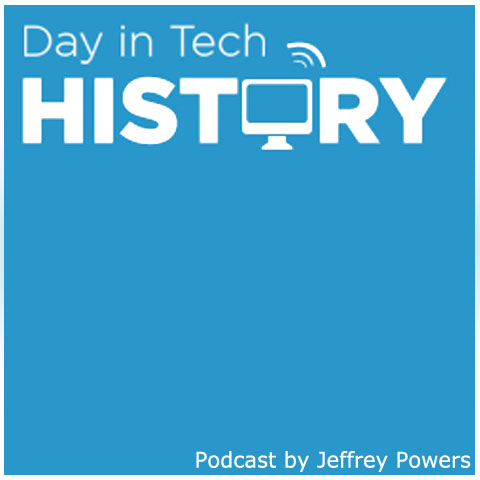
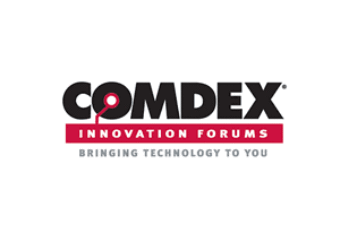

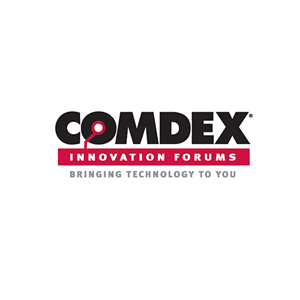

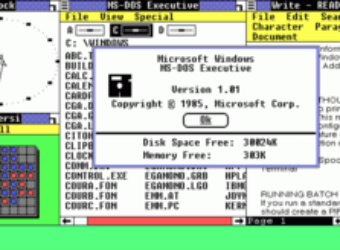
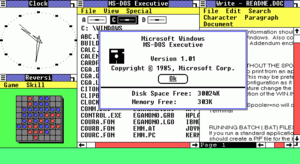

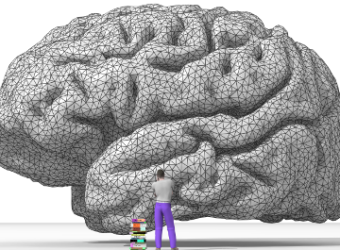

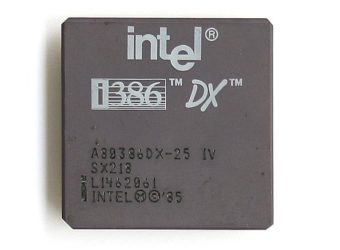
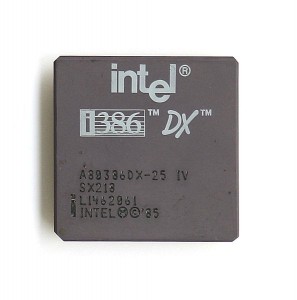

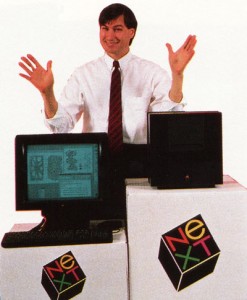
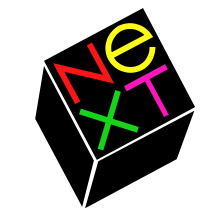
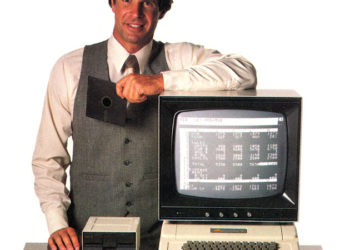
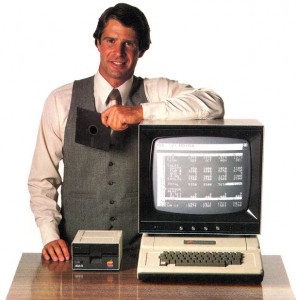
![iwoz-125x125[1] iwoz-125x125[1]](https://dayintechhistory.com/wp-content/uploads/2012/09/iwoz-125x1251-340x250.jpg)
